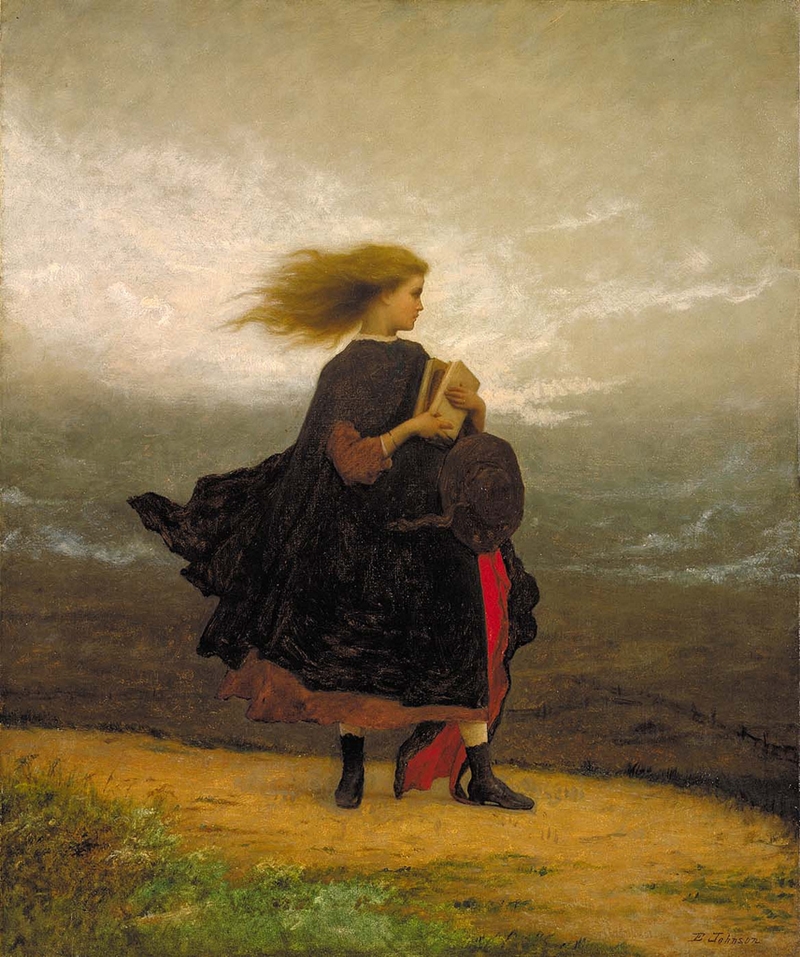Eastman Johnson (1824-1906) was an American painter and Co-Founder of the Metropolitan Museum of Art, New York City, with his name inscribed at its entrance.
Best known for his Genre paintings, paintings of scenes from everyday life, and his portraits both of everyday people, he also painted portraits of prominent Americans such as Abraham Lincoln, Nathaniel Hawthorne, Ralph Waldo Emerson and Henry Wadsworth Longfellow.
His later works often show the influence of the 17th-century Dutch masters whom he studied while living in The Hague, and he was even known as The American Rembrandt in his day.

.jpg)



